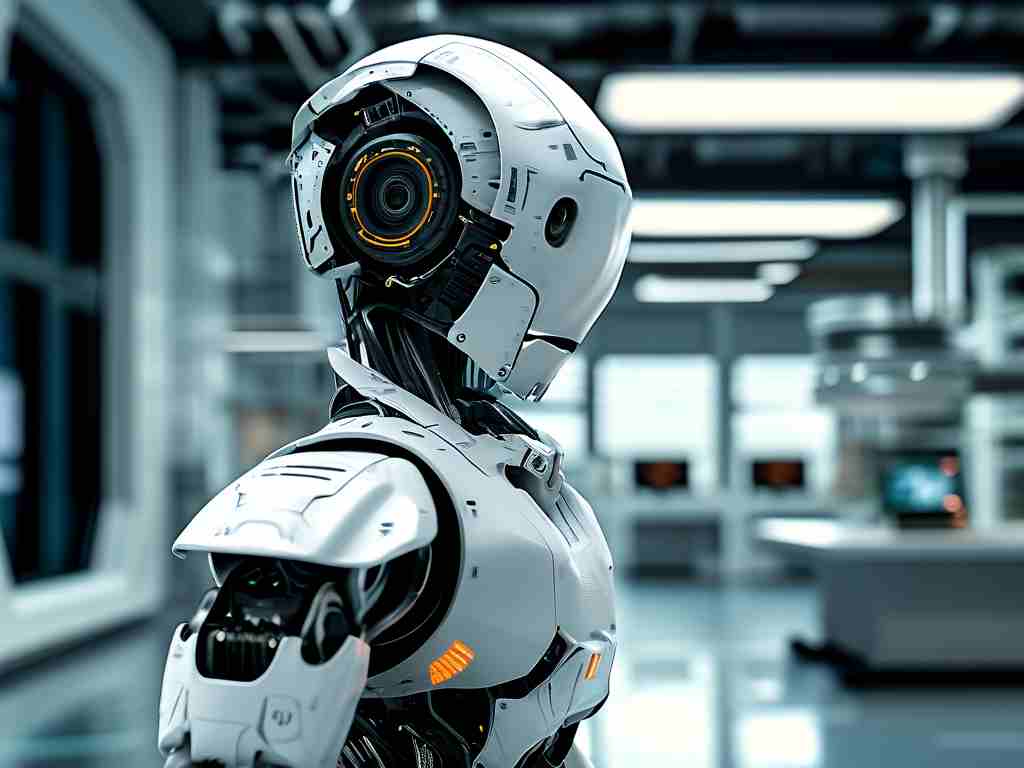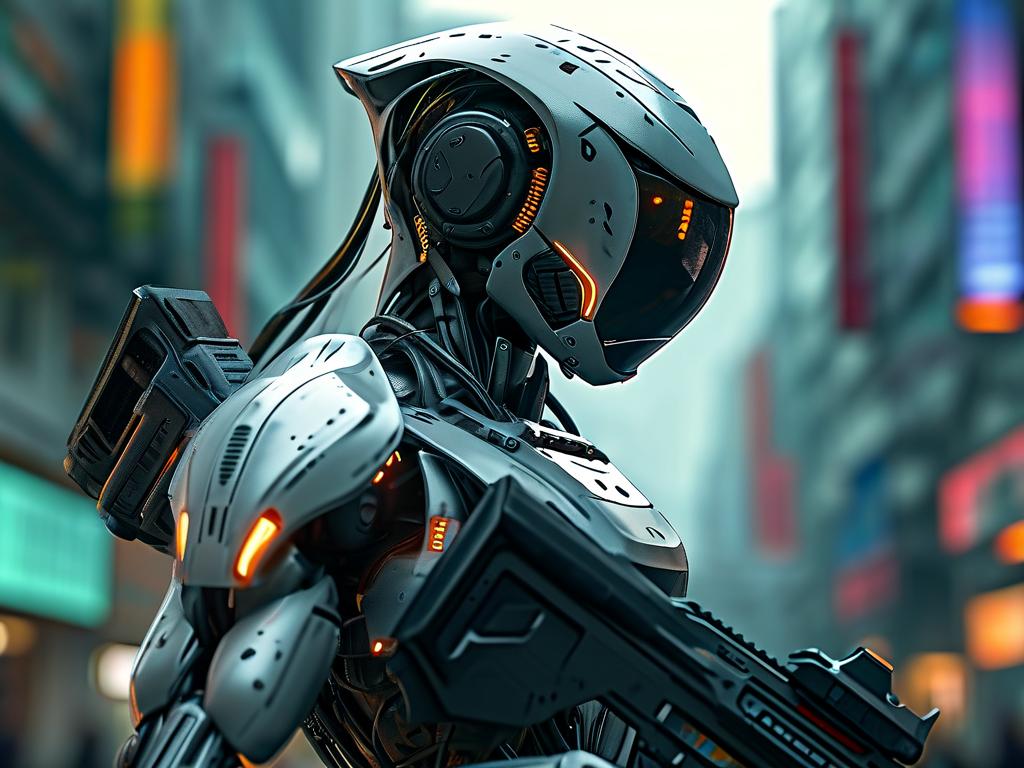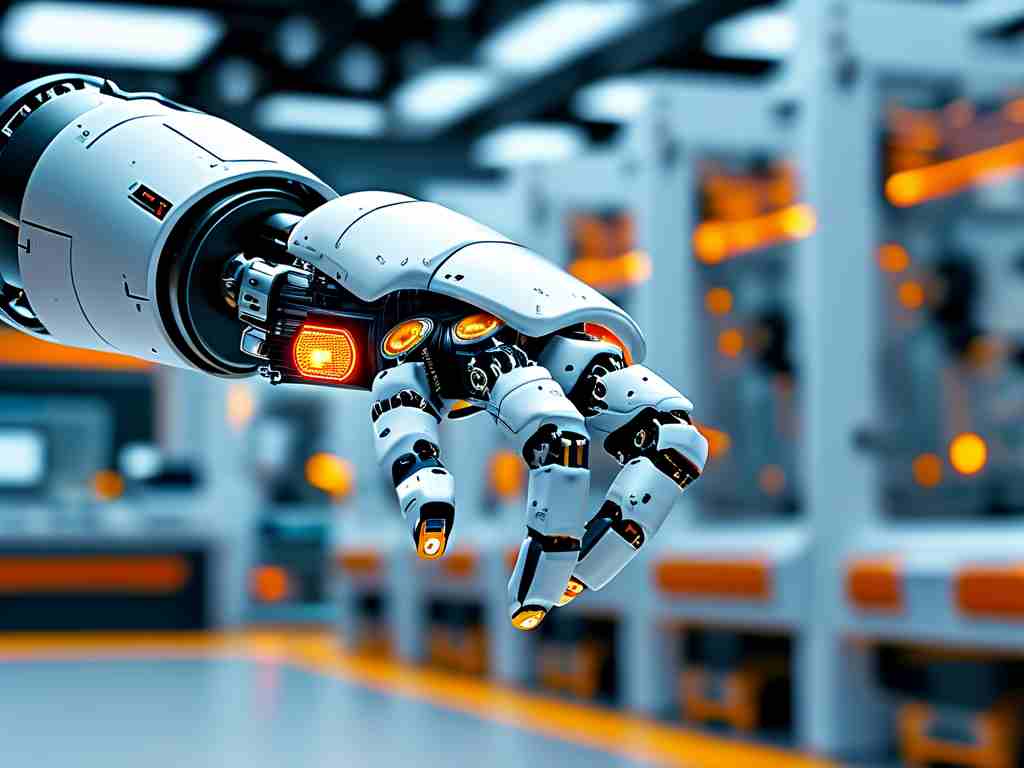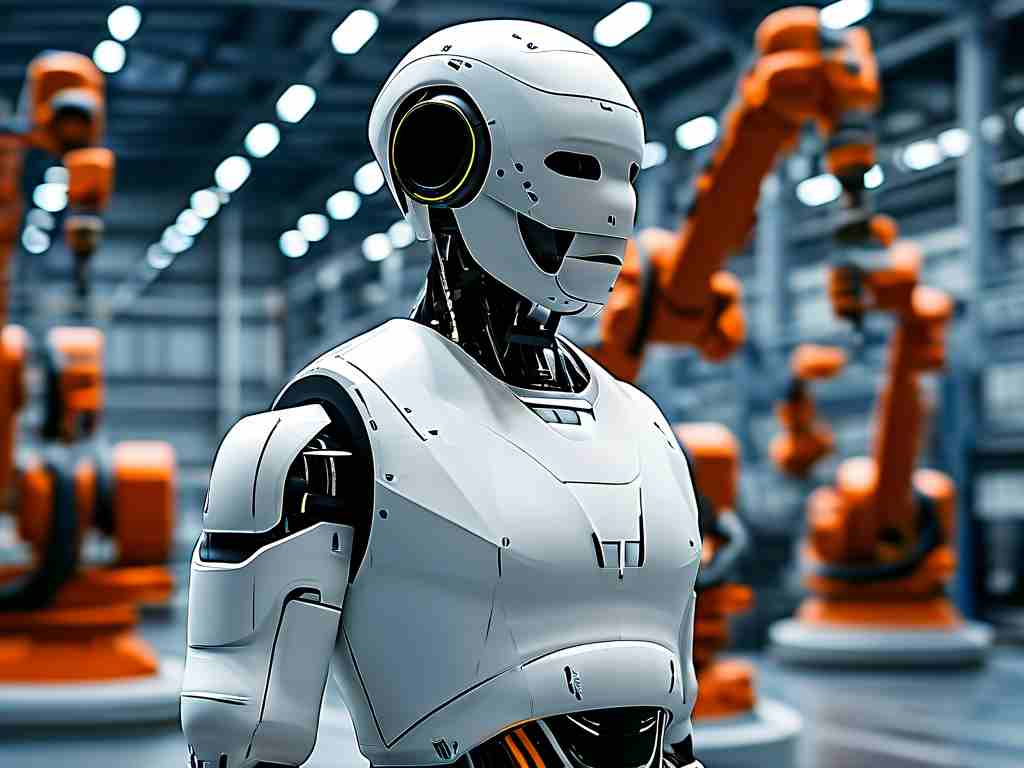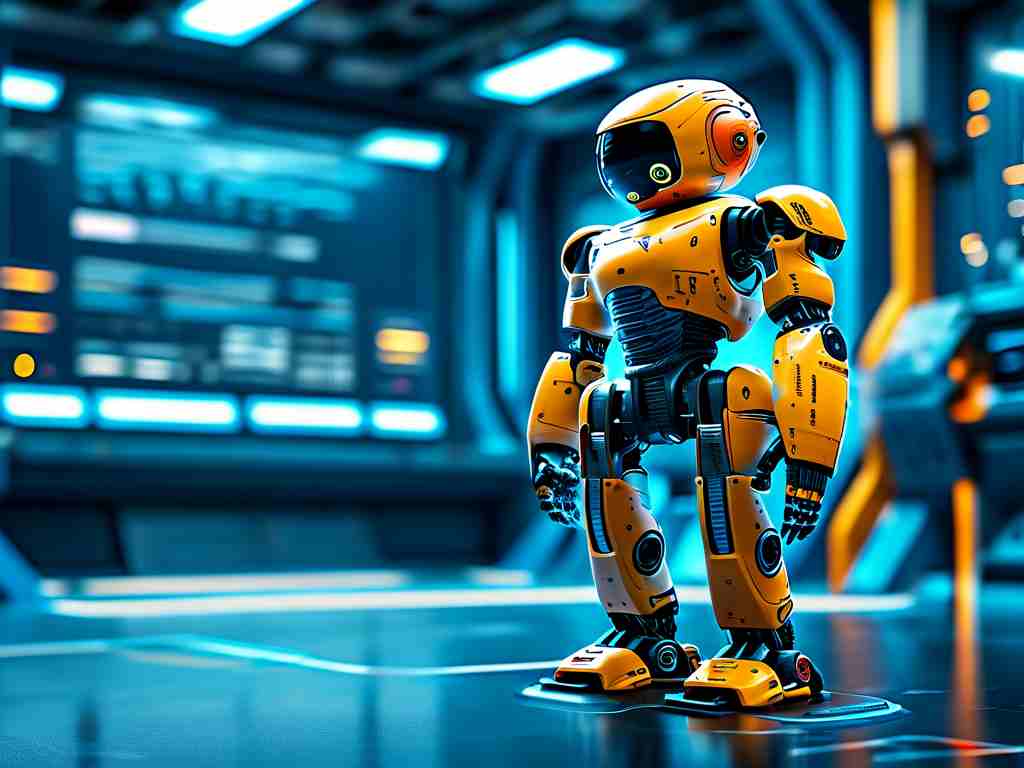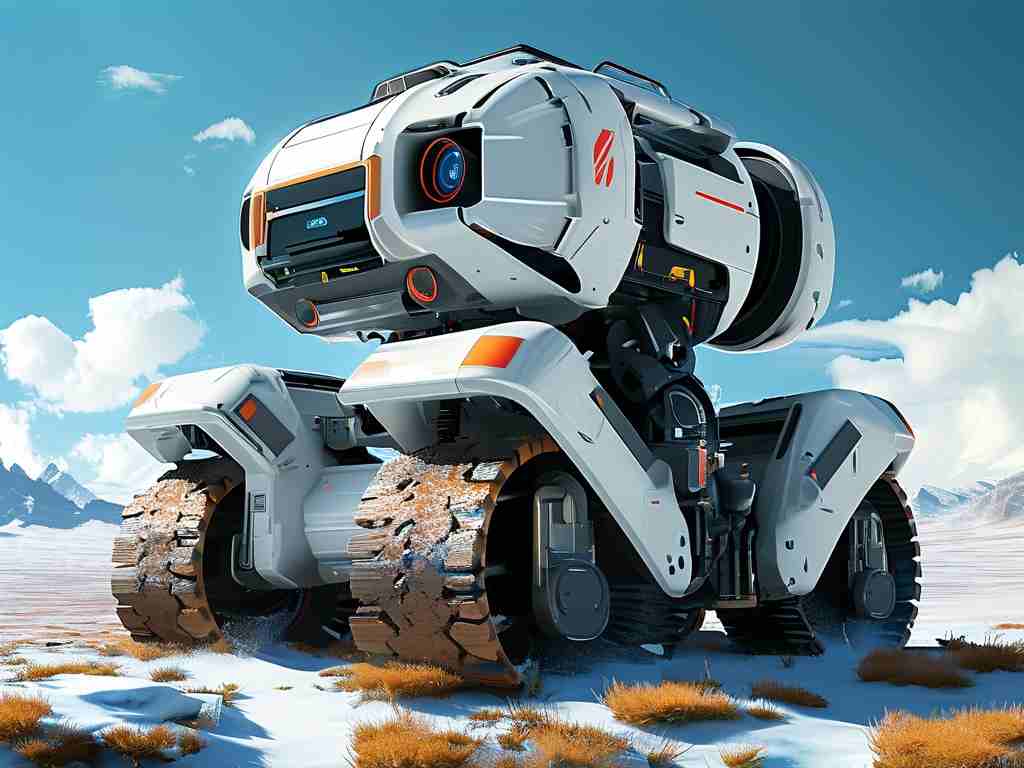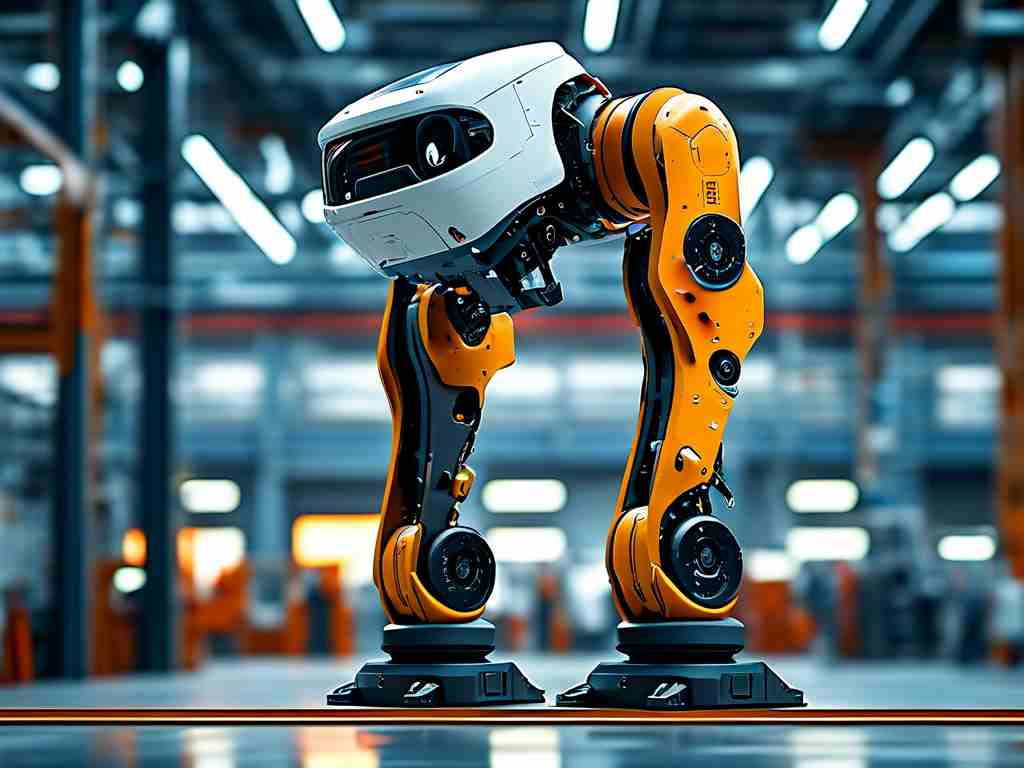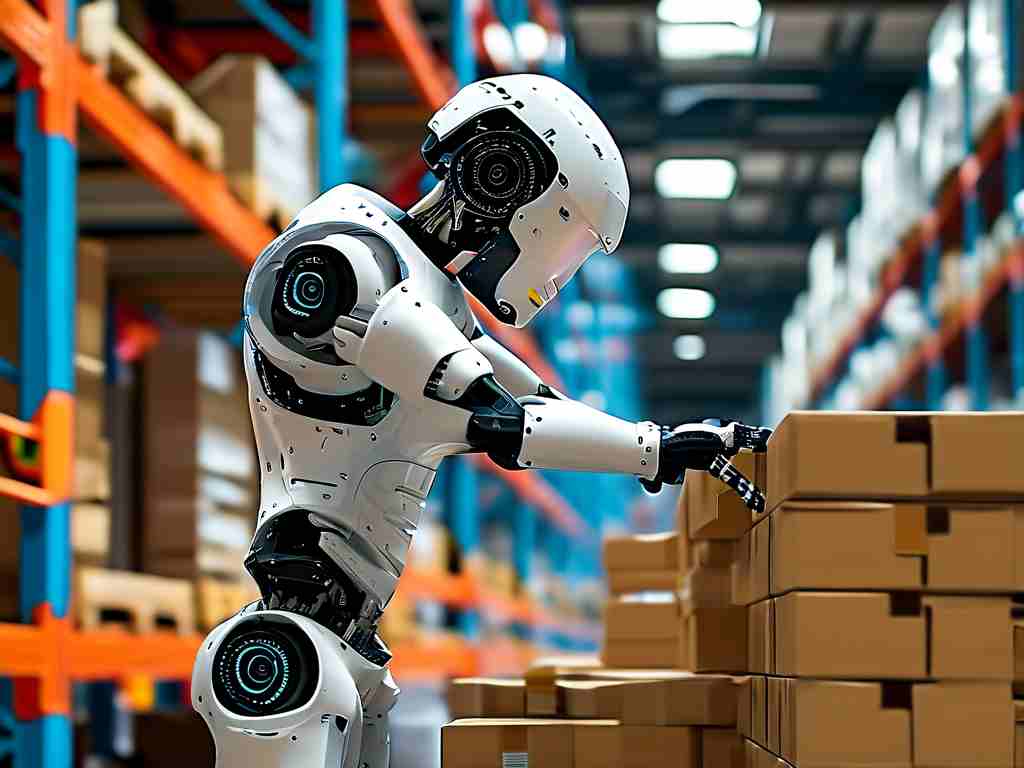The integration of robotic systems into global industries is reshaping traditional labor models at an unprecedented pace. From manufacturing floors to customer service hubs, organizations are leveraging automation to enhance efficiency, reduce costs, and address workforce shortages. This technological shift, often termed "robotic replacement," has sparked debates about economic impacts while unlocking new possibilities for human-machine collaboration.
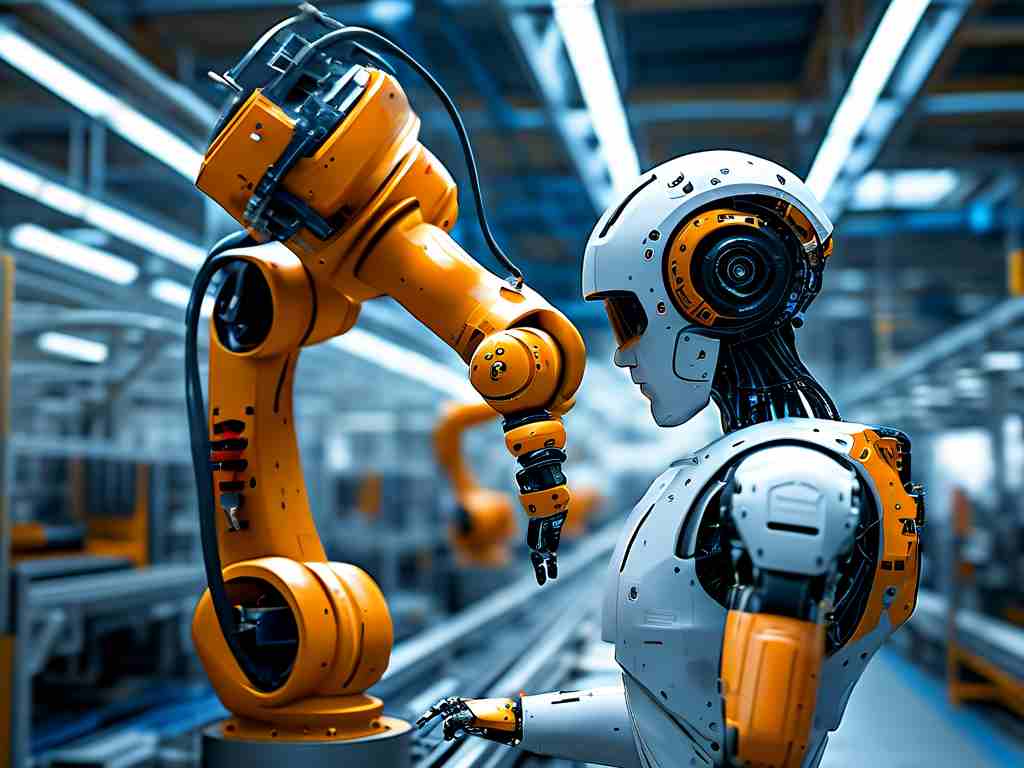
Technological Foundations
Modern robotic systems owe their capabilities to advancements in artificial intelligence (AI), machine learning, and sensor technologies. Unlike early industrial robots limited to repetitive tasks, today’s machines demonstrate adaptive decision-making. For instance, collaborative robots (cobots) in automotive factories now work alongside humans, using computer vision to detect part variations and adjust assembly processes in real time. These systems are no longer confined to controlled environments—autonomous mobile robots navigate dynamic warehouse spaces, optimizing inventory management for e-commerce giants like Amazon.
Sector-Specific Transformations
In healthcare, robotic surgery platforms such as the da Vinci system have reduced human error rates in complex procedures by 62%, according to a 2023 Johns Hopkins study. Meanwhile, agricultural drones equipped with multispectral imaging analyze crop health across thousands of acres, enabling precision farming that boosts yields by up to 30%. Even creative industries face disruption: AI-powered tools generate marketing copy and video content, though human editors remain crucial for quality control.
The service sector presents intriguing contradictions. While McDonald’s automated fry stations handle 80% of cooking tasks in flagship stores, upscale restaurants employ robotic mixologists to craft customized cocktails—a novelty that enhances rather than replaces the dining experience. This dichotomy underscores a critical trend: automation often redefines job roles instead of eliminating them entirely.
Economic and Social Implications
A World Economic Forum report projects that 85 million jobs may be displaced by automation by 2025, but 97 million new roles could emerge in robotics supervision and AI training. Germany’s "Industry 4.0" initiative exemplifies proactive adaptation, where auto workers transition from assembly line tasks to overseeing robotic production networks. However, developing nations reliant on manufacturing face steeper challenges. Bangladesh’s garment industry, which employs 4 million workers, risks significant disruption as sewing robots achieve 98% stitching accuracy at triple human speed.
Ethical questions persist regarding accountability in automated systems. When a delivery robot malfunctions in urban traffic or an AI hiring tool exhibits bias, legal frameworks struggle to assign responsibility. The European Union’s proposed Artificial Intelligence Act attempts to address these concerns through risk-based regulations, but global consensus remains elusive.
Future Trajectories
Emerging technologies promise to deepen automation’s reach. Boston Dynamics’ humanoid robot "Atlas" recently demonstrated disaster response capabilities, navigating rubble-filled environments while handling tools. In construction, 3D-printing robots now erect concrete structures layer by layer, completing houses in 72 hours—a process that traditionally took months.
Yet human skills retain irreplaceable value. Emotional intelligence, strategic innovation, and ethical judgment remain firmly in the human domain. Microsoft’s 2024 Work Trend Index reveals that 78% of companies implementing automation report increased demand for staff with advanced problem-solving and cross-disciplinary coordination skills.
The path forward demands balanced policymaking and workforce reskilling. South Korea’s Robot Tax—a levy on companies replacing human workers with machines—funds vocational training programs in robotics maintenance and AI ethics. Such initiatives highlight the need to view automation not as a threat, but as a catalyst for evolving human potential.
As the boundary between human and machine capabilities continues to blur, the ultimate challenge lies in cultivating symbiotic ecosystems where technological progress elevates rather than diminishes human dignity and economic participation. The robotic revolution isn’t about replacing people—it’s about reimagining how humans and machines can collectively build more resilient, innovative societies.


